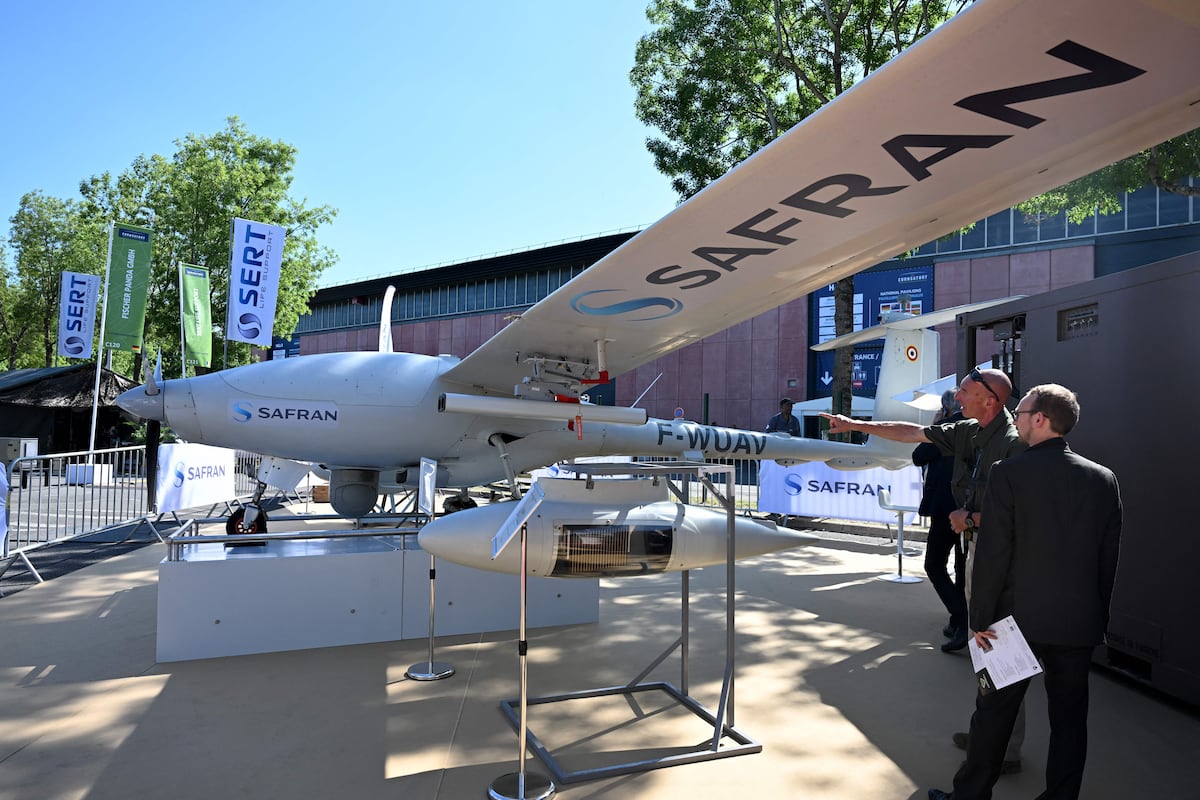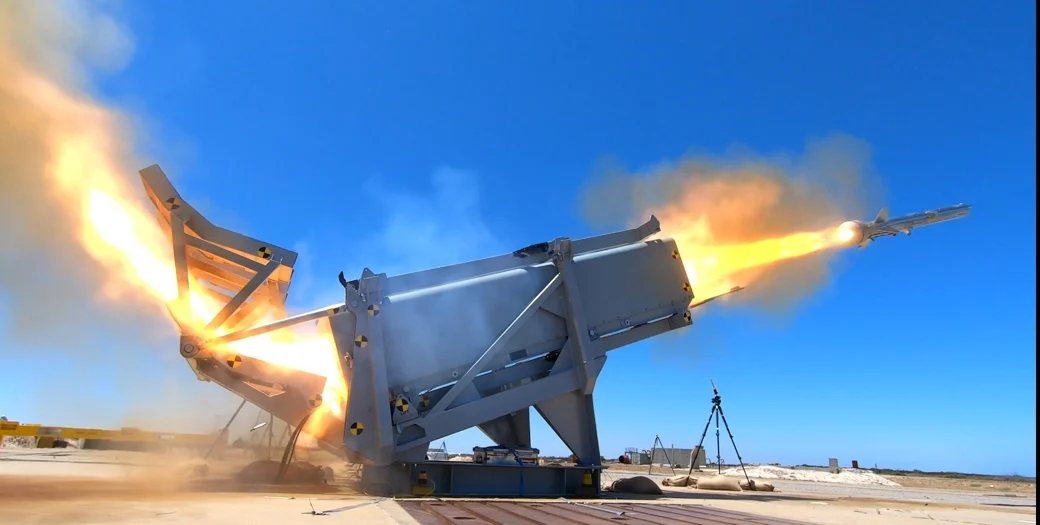French technology company Safran is making a bold move to expand its defense and space operations across the United States, signaling a commitment to invest in multiple manufacturing sites nationwide. Under its newly branded entity, Safran Defense & Space Inc., the company aims to enhance its provision of high-tech solutions in several key areas, including satellite propulsion and communication, geospatial artificial intelligence, and GPS-denied navigation.
In a recent interview with Defense News, Joe Bogosian, president and CEO of Safran, outlined the company’s strategic focus on integrating advanced technology into the U.S. military framework. Safran is already recognized for its contributions to U.S. defense systems, most notably through its collaboration on best-selling commercial jet engines with General Electric and its integration into various Army weapon systems like the commander’s site on the M10 Booker armored fighting vehicle.
Bogosian emphasized that this expansion is not just about bringing French technology to the U.S., but also about fostering significant collaboration with American engineers and the defense sector, ultimately leading to greater innovation. “What is the best available technology or the asymmetric warfare to give our guys an unfair advantage? If that unfair advantage comes with a technology that’s five years ahead of its time compared to anything else in the U.S. and just happens to come from France, we can bring it from France,” he stated. The approach involves transferring technology to the U.S. for further development, engineering, and manufacturing to tailor it to specific American needs.
As part of this expansion, Safran is set to open a new headquarters in Arlington, Virginia, which will also house its geospatial artificial intelligence division. This division has grown from a recent acquisition of a French AI company known for its rapid data processing capabilities. In a demonstration for Special Operations Command in Florida, the technology showcased its remarkable ability to identify objects in a monitored area, including a surprising detection of a Russian MiG fighter jet, which turned out to be on display at an aviation museum in Miami.
In terms of physical expansions, Safran is enhancing its existing facilities, including the electro-optics and infrared systems site in Bedford, New Hampshire, and the Safran Federal Systems facility in Rochester, New York, which focuses on Assured Positioning, Navigation, and Timing. Additionally, a new site for small satellite propulsion is being established in Denver, Colorado. Bogosian anticipates that this location will not only produce plasma propulsion systems for satellites but may also lead to the adoption of other technologies such as Safran’s Hemispherical Resonator Gyroscope (HRG), which has already been tested by the U.S. military.
The firm is also planning further investments in testing and telemetry operations in Norcross, Georgia. With these initiatives, Safran is positioning itself to be a key player in the U.S. defense sector, leveraging its French-based technologies with local adaptations to meet the specific demands of American military operations.


















